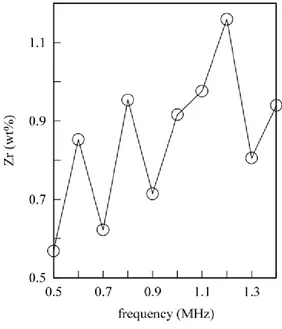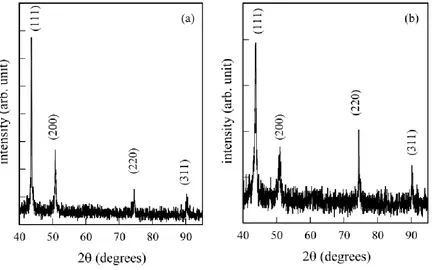Cu–Zr Thin Film Electrodeposited from an Aqueous Solution Using Rectangular Pulse Current Over a Megahertz Frequency Range
Full text
Figure
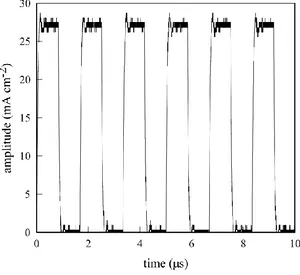
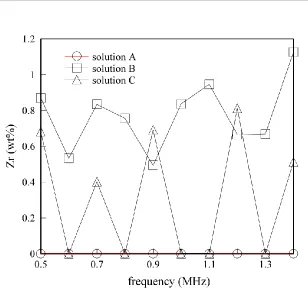
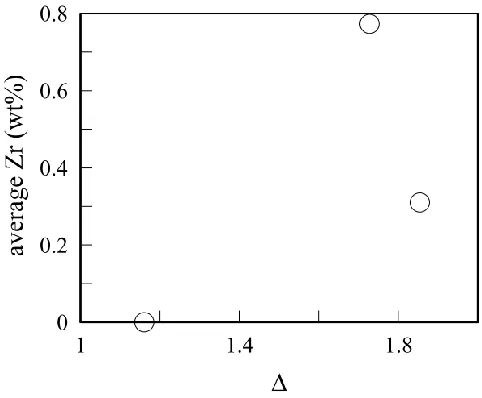
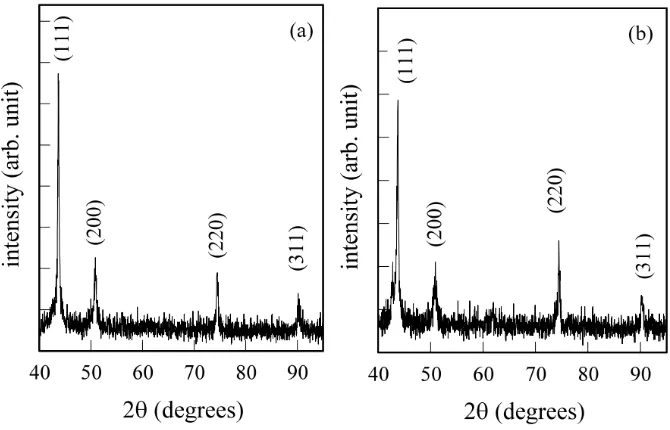
Related documents
We observe that the KRICs are the preferred choice of variable selection criterion in terms of generalization error rate for the ‘twonorm’ and ‘heart’ data sets.. For the
Where the non- compliance does not pose a risk to the safety, health and welfare of residents using the service it is risk rated orange (moderate risk) and the provider must
Federal Reserve “Household Debt Service Burden” report, total monthly consumer debt payments (the 12.85% of disposable income reported above) break down as follows: 56% payments
Fusarium infection in chili seeds tends to reduce leaf area, chlorophyll content, carbohydrate content, and increase plant dry weight, but the decrease is not
task fulfillment time in professional grading of mine surveying students. Such characteristics of alpha-distribution curve can be obtained from technical re- source books or by
Admin has authority to access all the functions, including add user, change card, unblock card, modify data and create new member. Doctor has privilege to modify user’s
Varying the etching parameters including power, pressure, DC bias, and gas concentrations while monitoring the ion density and relative reactive species provides a good indication
The purpose of this qualitative narrative inquiry study was to explore African American women’s knowledge construction within a racially homogenous context, specifically a
